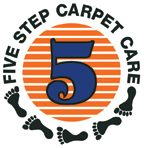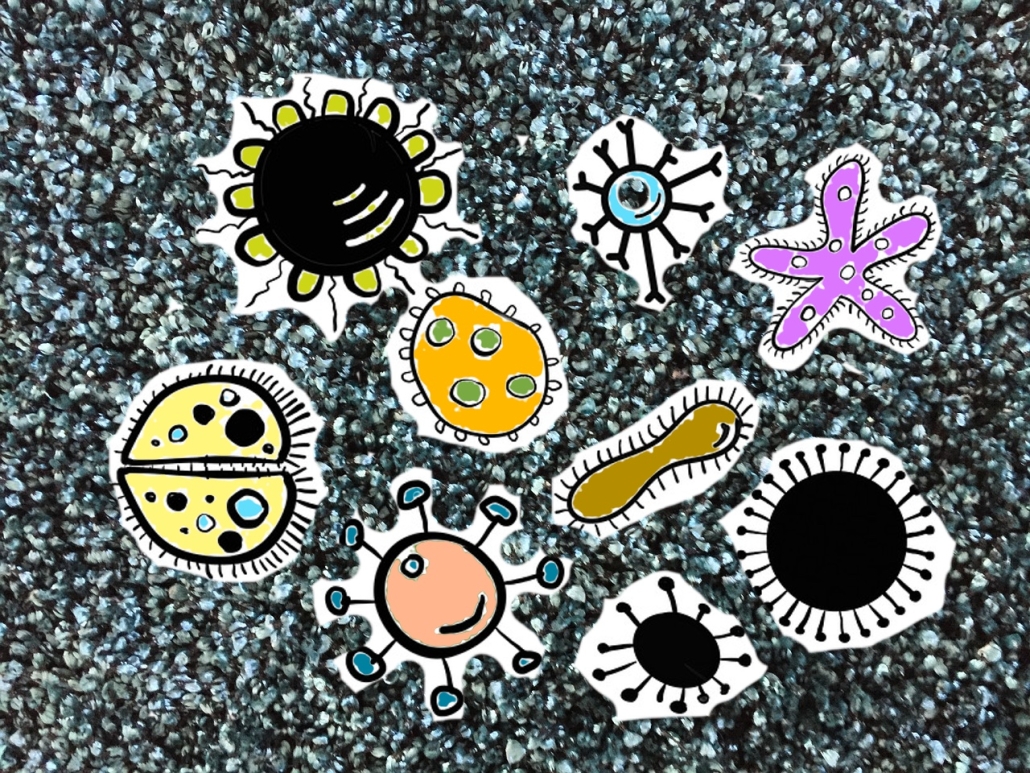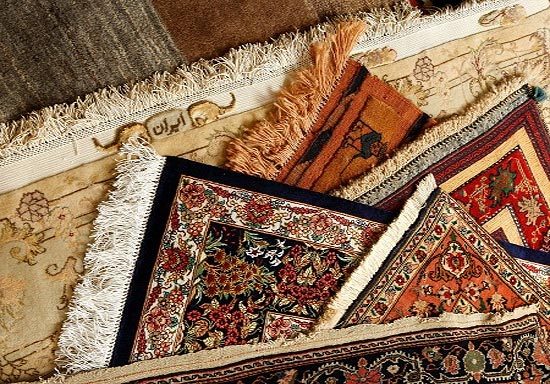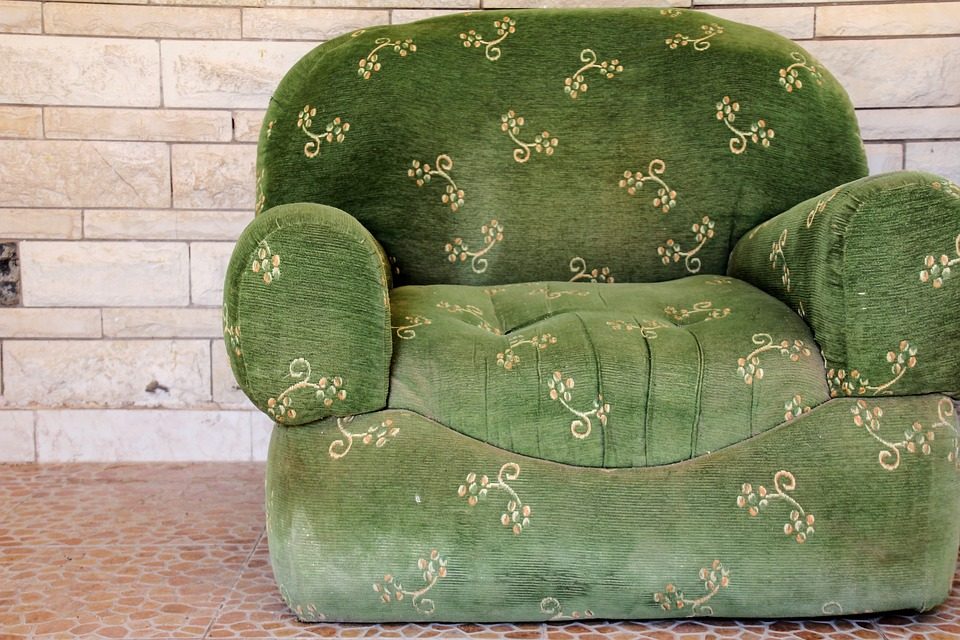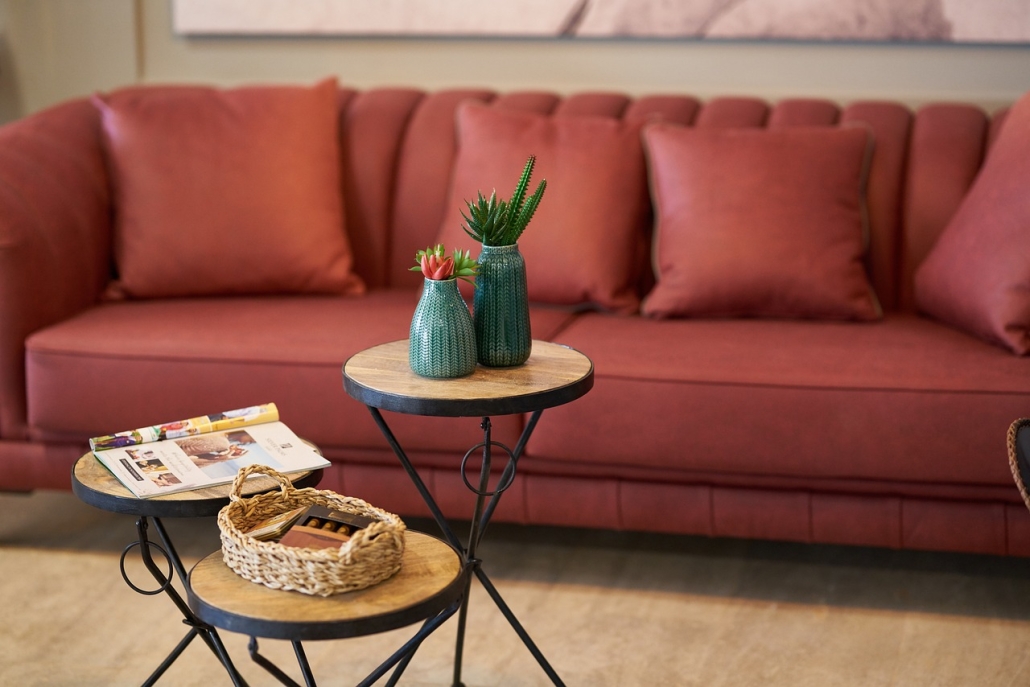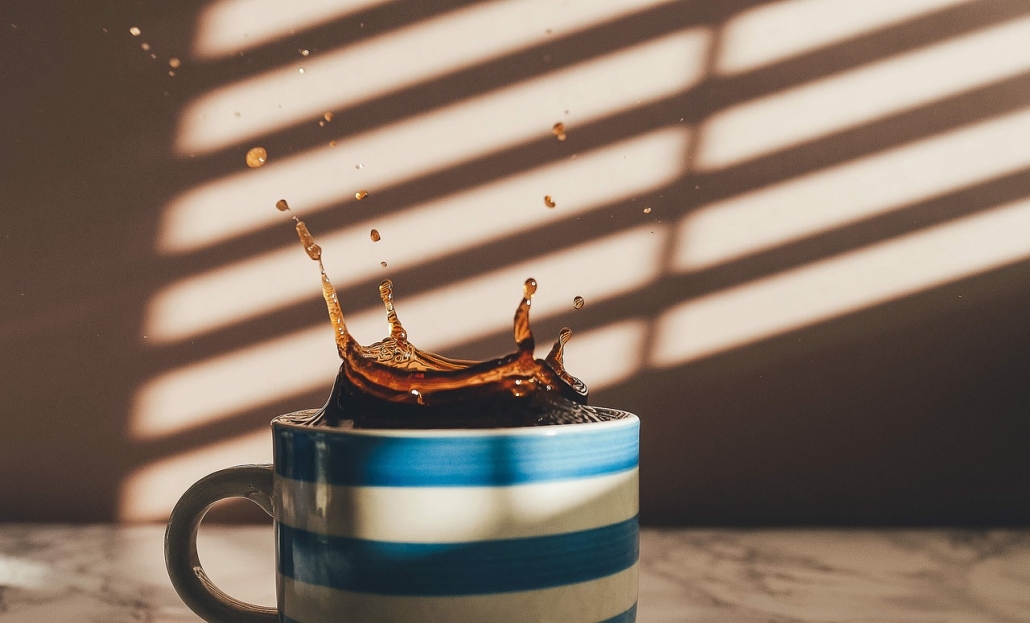How to Handle Water Damage on Carpets
Water damage on carpets can be a homeowner’s nightmare, leading to mold growth, unpleasant odors, and structural damage if not addressed promptly. Whether caused by flooding, a burst pipe, or an overzealous pet, quick and efficient action is crucial. Here’s a step-by-step guide on how to handle water damage on carpets.
Step 1: Assess the Situation
Before diving into cleanup, determine the source and extent of the water damage. Is the water from a clean source, like a burst pipe, or contaminated, like floodwater? Contaminated water requires professional handling due to health risks. For clean water incidents, proceed with caution and safety.
Step 2: Remove Excess Water
Next, remove as much water as possible. Use a wet-dry vacuum to extract water from the carpet. For small areas, towels and mops can help soak up water. Be thorough, as any remaining moisture can lead to mold and mildew.
Step 3: Lift and Dry the Carpet
If the carpet is soaked through, carefully lift it to check the padding underneath. Carpet padding acts like a sponge, holding water and increasing the risk of mold. If the padding is wet, it’s best to replace it. Use fans, dehumidifiers, and open windows to speed up the drying process. Ensure both the carpet and the floor underneath are thoroughly dry before laying the carpet back down.
Step 4: Clean and Sanitize
Once the carpet is mostly dry, clean it with a carpet cleaner to remove dirt, bacteria, and potential mold spores. Use a solution of water and mild detergent, or a commercial carpet cleaner designed for water-damaged carpets. Make sure to rinse and extract thoroughly to prevent residue buildup.
Step 5: Deodorize
Water damage often leads to musty odors. To combat this, sprinkle baking soda over the carpet once it’s dry and let it sit for several hours before vacuuming. Alternatively, use a commercial carpet deodorizer.
Step 6: Prevent Mold Growth
Mold can develop within 24 to 48 hours of water exposure. To prevent this, ensure the carpet is completely dry as quickly as possible. Keep using fans and dehumidifiers until the area is dry. Consider applying a mold inhibitor spray specifically designed for carpets.
Step 7: Monitor and Inspect
After handling water damage, regularly inspect the carpet for any signs of mold, mildew, or lingering moisture. Address any issues promptly to avoid long-term damage.
Handling water damage on carpets requires swift action and thorough drying to prevent mold and structural damage. By following these steps, you can effectively manage water damage and maintain a clean, safe living environment. For severe cases, don’t hesitate to contact professional water damage restoration services. At Five Step Carpet Care, we are always ready to respond to a homeowner in distress! Give us a call at 828.237.3237 for all of your carpet care needs.
